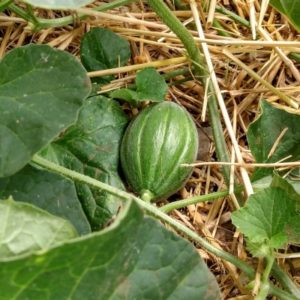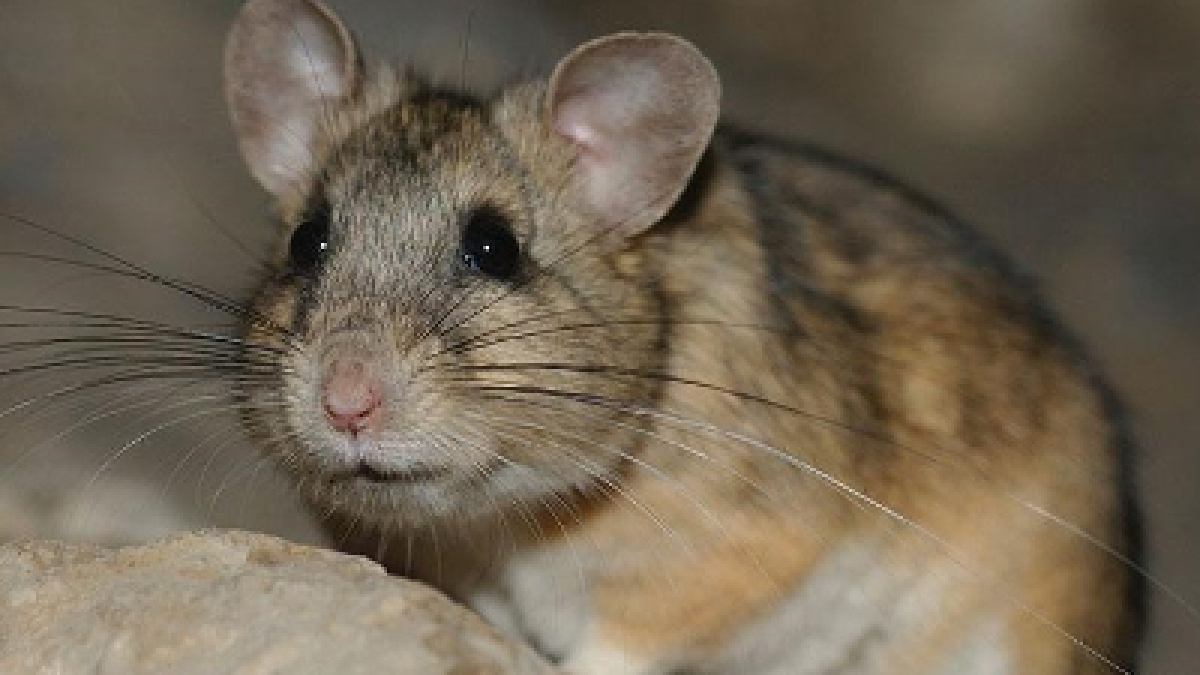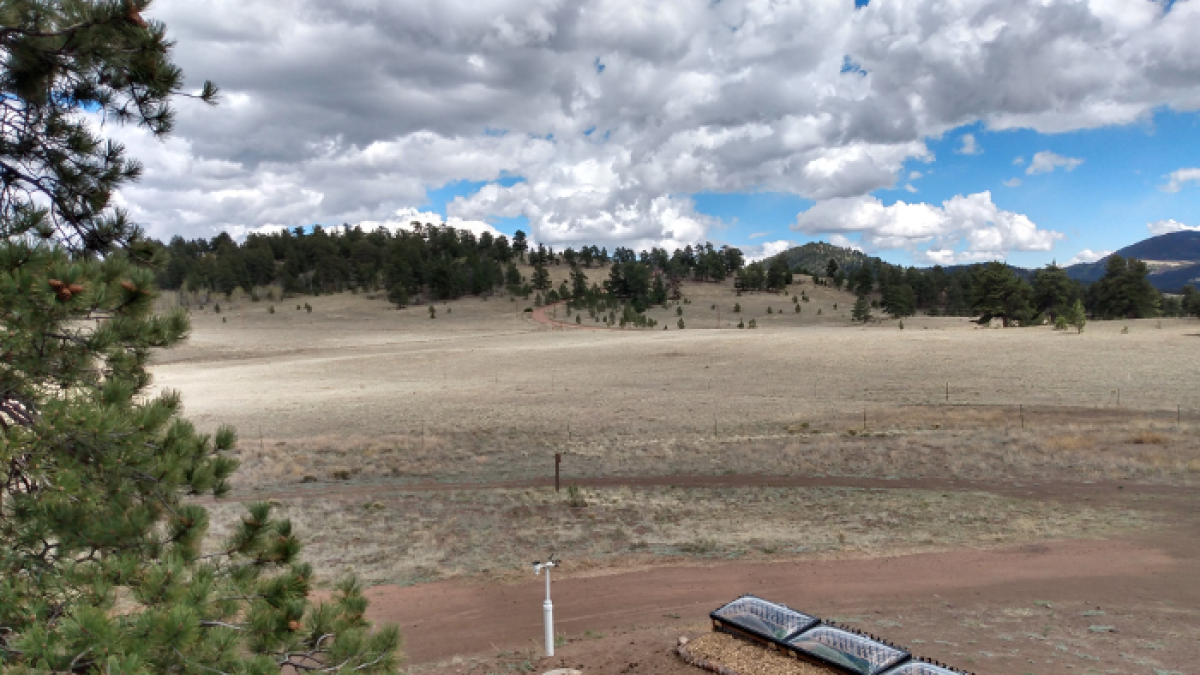2020 OUTDOOR GARDEN SEASON
THE 2020 OUTDOOR GARDEN SEASON is now wrapped up. Snow and below zero temps began Sunday, October 25. All remaining plants were removed from the garden during the prior week, including carrots, potatoes, parsnips, leeks, brussels sprouts, broccoli, cauliflower & kale. Most beds have been covered with compost & hay mulch, so they can rest throughout the winter months. (Without enough compost to cover all beds, a few beds remain–waiting for compost & mulch later.) The greenhouse continues year-round, keeps me busy, and provides fresh produce that doesn’t store as well as many of the things grown outside.
“EVERY YEAR IS DIFFERENT” is my new theme, and this year may have been the craziest of all! It was the most unique year we’ve had so far, in many ways. Here is a wrap-up of 2020 Outdoor Garden highlights.
LATE & EARLY WEATHER EVENTS

This year we experienced a late snow storm June 9 along with an early snow storm September 9. This was by far the shortest summer season we’ve had since I’ve been recording weather stats in 2015. The chart shows 2020 alongside the previous years with the number of days between a low of 32° and number of days between snow storms.
 Rainfall and temperatures were pretty close to average throughout the summer, with the exception of September, which was colder. We did not have much hail this year. The hail we did have was small and did not cause damage, thanks to our shade cloth protection.
Rainfall and temperatures were pretty close to average throughout the summer, with the exception of September, which was colder. We did not have much hail this year. The hail we did have was small and did not cause damage, thanks to our shade cloth protection.
MENTIONABLE PESTS

This year we saw almost no bugs. Just a few of the grubs we normally see, a few leaf miners and very few aphids.
This was the first year we had noticeable damage from rodents: mice & pack rats. Other folks in the area have complained of the same dilemma (I’ve heard of quite a few pack rat nests & damage in local cars.)
For us, the mice ate small seedlings in the garden; particularly the broccoli, cauliflower & cabbage seedlings. The pack rats came a bit later on, demolishing full-grown bean plants, carrot tops, potato plants & onions. Near the end of the summer Tim made some bait stations large enough to let the pack rats in and keep the cat & dog out. They seemed to be quite effective, so next year we’ll plan to get the bait stations out early in the season and stay ahead of the game.
NEW VEGETABLES GROWN IN 2020

MELON
This year I attempted to grow Minnesota Midget, a mini-cantaloupe stated to mature in 65-70 Days. I knew it would appreciate warmth and wasn't sure how successful it would be outdoors, so I grew one plant in the greenhouse, another outdoors. In the greenhouse I harvested two of the small melons; outdoors, none.

PARSNIPS
I'd tried parsnips at our previous location where they did not do well. But here they seem to like the cooler weather, they are delicious, and I will do them again in the future. This year's parsnip selection was Gladiator.
2020's NEW VARIETIES
I tried a few new varieties of veggies I’ve grown before. For more detailed information, please see the individual pages for each vegetable.
CAULIFLOWER: I did not have much success with growing either Charming Snow or a Self-Blanching variety of cauliflower in the past. This year I had some great success with Snow Crown F1.
BROCCOLINI: Head broccoli has done well here, but this was the first year I’ve grown broccolini, first in the greenhouse, then in the outdoor garden. Aspabroc F1 did very well in both locations, kept me supplied with a great amount of broccolini, and I will definitely continue growing this delight.
WINTER SQUASH: My new successful trial was Small Wonder F1, a smaller-sized, short-season spaghetti squash. It was quite prolific and produced several nice sized squashes for the two of us, both outdoors & in the greenhouse. One nice thing about it was an abundance of male flowers I could use to pollinate all my other squash.
I also tried the Butterbush F1 variety in both the greenhouse and outdoor gardens. These were not successful in either location. I had trouble getting it to sprout & grow early enough in the greenhouse, and the outdoor plant did not produce squashes in time for them to mature before the first freeze.
PEAS: I tried an old variety, new to me, PLS 560. They probably grew as expected, but they were short, odd little plants than got all twangled up around each other, making it difficult to pick the peas. They were interesting, but I will probably not grow them again. I also grew snow peas for the first time, Oregon Sugar Pod II Snow Pea, and they were a hit, to be planned again for next year.
NOTABLE HARVESTS
THE VEGETABLES GROWN this year will be updated for 2020 the “What We Grow” pages, but harvests of note were:
 ONIONS: This year I purchased onion plants from Dixondale Farms, rather than starting my own from seed. I need a good head start on them prior to planting for this short season climate, and I just haven’t been able to do that with my greenhouse space limitations. This was the BEST ONION HARVEST I’ve had in this garden. Onions were attacked quite a bit by the pack rats, but continued to grow and produced nice bulbs for storage. I will definitely do this again in the future. I bought the Intermediate Day Sampler, with Candy, Superstar & Red Candy onions.
ONIONS: This year I purchased onion plants from Dixondale Farms, rather than starting my own from seed. I need a good head start on them prior to planting for this short season climate, and I just haven’t been able to do that with my greenhouse space limitations. This was the BEST ONION HARVEST I’ve had in this garden. Onions were attacked quite a bit by the pack rats, but continued to grow and produced nice bulbs for storage. I will definitely do this again in the future. I bought the Intermediate Day Sampler, with Candy, Superstar & Red Candy onions.
GARLIC did very well this year: Siberian Hardneck, purple stripe type. I tried growing Elephant Garlic, which had grown well in 2018, but this winter must have been too cold. None of the elephant garlic survived–it all turned to mush.
CARROTS: Although attacked by the pack rats, the carrots did reach a decent size for harvest, although smaller than previous years for the same varieties. Napoli, Mokum & Purplesnax.
POTATOES: Potatoes (Desiree, Pioneer Russet) did not do well at all this year. I was disappointed. I did not weigh them, but there may not have been more than 10-15 lbs. (Last year’s harvest was about 75 lbs in the same amount of space.) I suspect the reason was because there was the snow/cold in June just after the plants had begun to grow. Even though I’d covered them with frost cloth, they suffered some frost damage. Later on, several of the plant tops were gnawed off by the pack rats.
ALL THINGS CONSIDERED, this unique year was quite successful despite its challenges. I look forward to the next, and the next, and the next…..



 Early in May, we began to see evidence of chewing on some of the freshly transplanted seedlings, particularly things like the broccoli, cabbage & cauliflower planted in the beds around the perimeter. We’d always known mice would be able to fit in through the stucco netting which surrounds the garden perimeter beds, but we hadn’t experienced problems with them previously. This year they came with a vengeance. We put out bait stations as well as snap traps, and began catching 1-4 mice each night. Eventually there weren’t as many caught, and after the plants were larger, the mice didn’t seem to gnaw on them as much. But, almost nightly we reset the traps and each morning went out to check them, unsnap them, and retrieve any dead mice.
Early in May, we began to see evidence of chewing on some of the freshly transplanted seedlings, particularly things like the broccoli, cabbage & cauliflower planted in the beds around the perimeter. We’d always known mice would be able to fit in through the stucco netting which surrounds the garden perimeter beds, but we hadn’t experienced problems with them previously. This year they came with a vengeance. We put out bait stations as well as snap traps, and began catching 1-4 mice each night. Eventually there weren’t as many caught, and after the plants were larger, the mice didn’t seem to gnaw on them as much. But, almost nightly we reset the traps and each morning went out to check them, unsnap them, and retrieve any dead mice. The first inkling that we may have pack rats was May 30th, when I discovered this neatly laid pile of onions next to the onion bed, and these potato stems and cabbage leaves dismembered from their plants. (Fortunately these plants all survived!) I didn’t think that the mice would be able to do this, and the only thing I could think of was that it may be pack rats, known to be in our area. Below are photos of some of the damage found that day.
The first inkling that we may have pack rats was May 30th, when I discovered this neatly laid pile of onions next to the onion bed, and these potato stems and cabbage leaves dismembered from their plants. (Fortunately these plants all survived!) I didn’t think that the mice would be able to do this, and the only thing I could think of was that it may be pack rats, known to be in our area. Below are photos of some of the damage found that day. In addition to the damaged plants, the four bait stations we’d left out for the mice were gone! Not just the bait, the whole plastic bait station. Gone! Clearly, this had to be a pack rat family.
In addition to the damaged plants, the four bait stations we’d left out for the mice were gone! Not just the bait, the whole plastic bait station. Gone! Clearly, this had to be a pack rat family. Eventually, Tim found a DIY rat bait station idea online. He made a couple of these, put them out, and the first night the PR’s got into them and ate all 5 blocks of the bait out of each one. It’s large enough for the pack rats to get in, but not the cat, dog, or ducks. The bait blocks are suspended from the top on a rod or wire, each one falling to the bottom as the bottom one is eaten. After the first two were successful, Tim made about four more, and they are scattered all around out property. At this point, we seem to have taken care of the problem.
Eventually, Tim found a DIY rat bait station idea online. He made a couple of these, put them out, and the first night the PR’s got into them and ate all 5 blocks of the bait out of each one. It’s large enough for the pack rats to get in, but not the cat, dog, or ducks. The bait blocks are suspended from the top on a rod or wire, each one falling to the bottom as the bottom one is eaten. After the first two were successful, Tim made about four more, and they are scattered all around out property. At this point, we seem to have taken care of the problem. What about the cat, you ask? She does catch mice, but is locked inside each night (either the RV or a shed) to keep her from becoming coyote bait. We had been keeping her in our RV at night to keep the mice away, and it worked great….until she got bored and started tearing up the edge of the sofa. Now she’s in the shed at night. After moving the cat out of the RV, the pack rats found a new cozy home inside. We discovered they’d gotten in to the kitchen cabinets under the sink. After cleaning it all up & removing all the kitchen wares, Tim put another big trap out by the side of the RV, and they haven’t been in there since. Or else, they’re really neat and don’t poop or leave weeds laying around.
What about the cat, you ask? She does catch mice, but is locked inside each night (either the RV or a shed) to keep her from becoming coyote bait. We had been keeping her in our RV at night to keep the mice away, and it worked great….until she got bored and started tearing up the edge of the sofa. Now she’s in the shed at night. After moving the cat out of the RV, the pack rats found a new cozy home inside. We discovered they’d gotten in to the kitchen cabinets under the sink. After cleaning it all up & removing all the kitchen wares, Tim put another big trap out by the side of the RV, and they haven’t been in there since. Or else, they’re really neat and don’t poop or leave weeds laying around.

 This is the first year we’ve ever experienced a problem with mice in the garden. We always knew that mice would be the only thing that might get through our defenses..it just hadn’t happened. On May 5 I went out to discover that 2 cabbages and 2 broccoli had all been chewed pretty well. Guessing it may have been mice, we put out a trap the next night we didn’t catch one, but the trap had been sprung. The third broccoli in that bed, and the two cauliflower were chewed. The following night sure enough, one squashed mouse was found in the morning. We began setting two traps nightly and set out some D-Con bait traps as well. I cut out the bottoms of some plastic bottles and began setting them over the plants at night. The mice also ate some lettuce & bok choy, but not the spinach or the chinese cabbage. Surprisingly, one morning I found that they’d eaten several onions in another area at the far side of the garden. I’d read that mice did not like onions–not so! At this time, traps are still set nightly with an occasional casualty, and the D-Con seems to have sent a few mice to our ducks’ pool looking for a drink of water and finding a watery drowning instead. It appears that the cabbage and broccoli survived their torture; however, the two cauliflower were too well chewed to come back. Now, for all things transplanted to the perimeter beds, they are covered with bottles, which seems to work well both to keep out the mice and the cold.
This is the first year we’ve ever experienced a problem with mice in the garden. We always knew that mice would be the only thing that might get through our defenses..it just hadn’t happened. On May 5 I went out to discover that 2 cabbages and 2 broccoli had all been chewed pretty well. Guessing it may have been mice, we put out a trap the next night we didn’t catch one, but the trap had been sprung. The third broccoli in that bed, and the two cauliflower were chewed. The following night sure enough, one squashed mouse was found in the morning. We began setting two traps nightly and set out some D-Con bait traps as well. I cut out the bottoms of some plastic bottles and began setting them over the plants at night. The mice also ate some lettuce & bok choy, but not the spinach or the chinese cabbage. Surprisingly, one morning I found that they’d eaten several onions in another area at the far side of the garden. I’d read that mice did not like onions–not so! At this time, traps are still set nightly with an occasional casualty, and the D-Con seems to have sent a few mice to our ducks’ pool looking for a drink of water and finding a watery drowning instead. It appears that the cabbage and broccoli survived their torture; however, the two cauliflower were too well chewed to come back. Now, for all things transplanted to the perimeter beds, they are covered with bottles, which seems to work well both to keep out the mice and the cold.